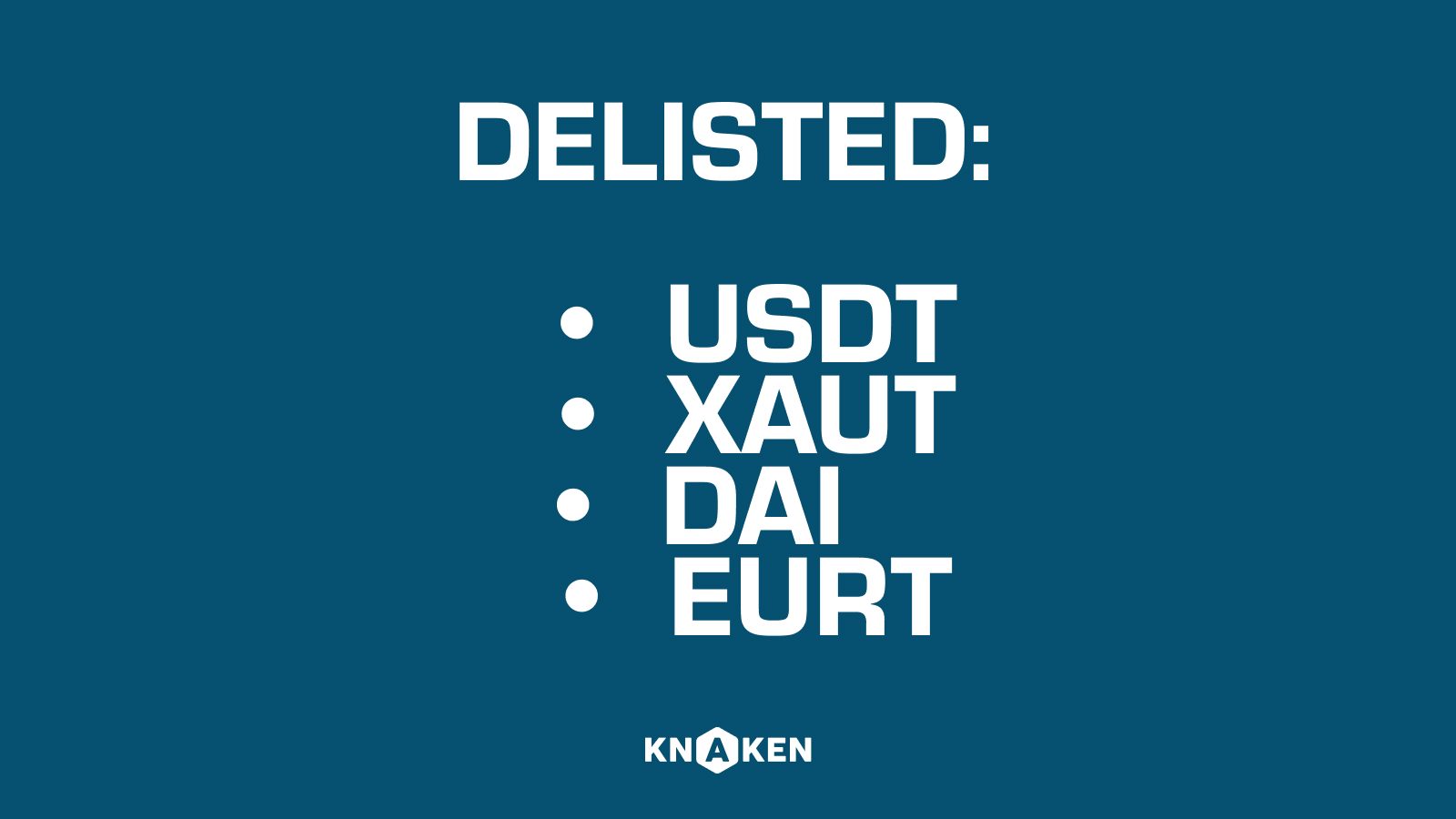wBTC (Wrapped Bitcoin)
Introduction to wBTC
Wrapped Bitcoin (wBTC) is an ERC-20 token that represents Bitcoin (BTC) on the Ethereum blockchain. By bridging the two ecosystems of Bitcoin and Ethereum, wBTC allows Bitcoin holders to participate in decentralized finance (DeFi) applications built on Ethereum while maintaining the value of their original Bitcoin holdings. With the growing popularity of DeFi, wBTC has gained significant traction as a vital component of the DeFi landscape.
How wBTC Works
wBTC operates through a process known as wrapping. The process of wrapping Bitcoin into wBTC involves several steps:
- Custodians: The first step in the wrapping process involves a trusted custodian who holds the Bitcoin in reserve. This custodian is responsible for minting an equivalent amount of wBTC on the Ethereum blockchain.
- Minting: When a user decides to wrap their Bitcoin, they can deposit their BTC with a custodian. In exchange for this deposit, the custodian mints an equivalent amount of wBTC, ensuring a 1:1 peg between BTC and wBTC.
- Transaction: The newly minted wBTC is then sent to the user’s Ethereum address, enabling them to use it across various DeFi platforms.
- Unwrapping: When a user wishes to convert their wBTC back to BTC, they can send their wBTC to a custodian, who will then burn the wBTC and release the equivalent amount of BTC to the user.
Benefits of Using wBTC
The integration of wBTC into the Ethereum ecosystem offers several advantages:
- Liquidity: wBTC significantly increases liquidity for Ethereum-based decentralized exchanges (DEXs), allowing seamless trading of Bitcoin on Ethereum without the need for centralized exchanges.
- Access to DeFi: By converting BTC to wBTC, users can unlock a wide range of DeFi opportunities, including lending, borrowing, yield farming, and staking.
- Smart Contracts: wBTC can be utilized within smart contracts, enabling more complex financial transactions and automated processes.
- Security: As an ERC-20 token, wBTC maintains the security properties of the Ethereum network while ensuring that Bitcoin holders can still retain exposure to their assets.
Challenges and Risks Associated with wBTC
While wBTC presents many benefits, it also comes with potential challenges and risks:
- Centralization: The reliance on custodians could introduce centralization risks, as the system depends heavily on the trustworthiness of these custodians.
- Regulatory Concerns: As with any cryptocurrency, regulatory developments could impact the use and adoption of wBTC.
- Smart Contract Vulnerabilities: Like all ERC-20 tokens, wBTC is susceptible to bugs or vulnerabilities in the smart contracts that govern transactions and interactions.
- Market Volatility: Although wBTC is pegged to BTC, price fluctuations in the cryptocurrency market could impact user perceptions of value.
Use Cases of wBTC
The use cases of wBTC are diverse and highlight its functionality within the cryptocurrency ecosystem:
- Trading: wBTC allows users to trade Bitcoin against various altcoins on decentralized exchanges, enabling better liquidity and access to trading pairs.
- Lending Platforms: Users can lend their wBTC on platforms like Aave and Compound to earn interest on their assets.
- Yield Farming: By providing liquidity in a liquidity pool or using wBTC in DeFi protocols, users can earn rewards in the form of additional tokens.
- Derivatives and Options Trading: wBTC enables the creation of derivative products on platforms that facilitate trading and hedging with Bitcoin tokens.
Conclusion
Wrapped Bitcoin (wBTC) has emerged as a pivotal tool for Bitcoin holders seeking to engage with the Ethereum blockchain and the expanding world of DeFi. With its unique ability to bridge assets across different blockchain ecosystems, wBTC enhances liquidity, offers new financial opportunities, and promotes greater participation in decentralized finance. As the DeFi landscape continues to evolve, wBTC’s role is likely to expand, influencing the way users interact with both Bitcoin and Ethereum.


















